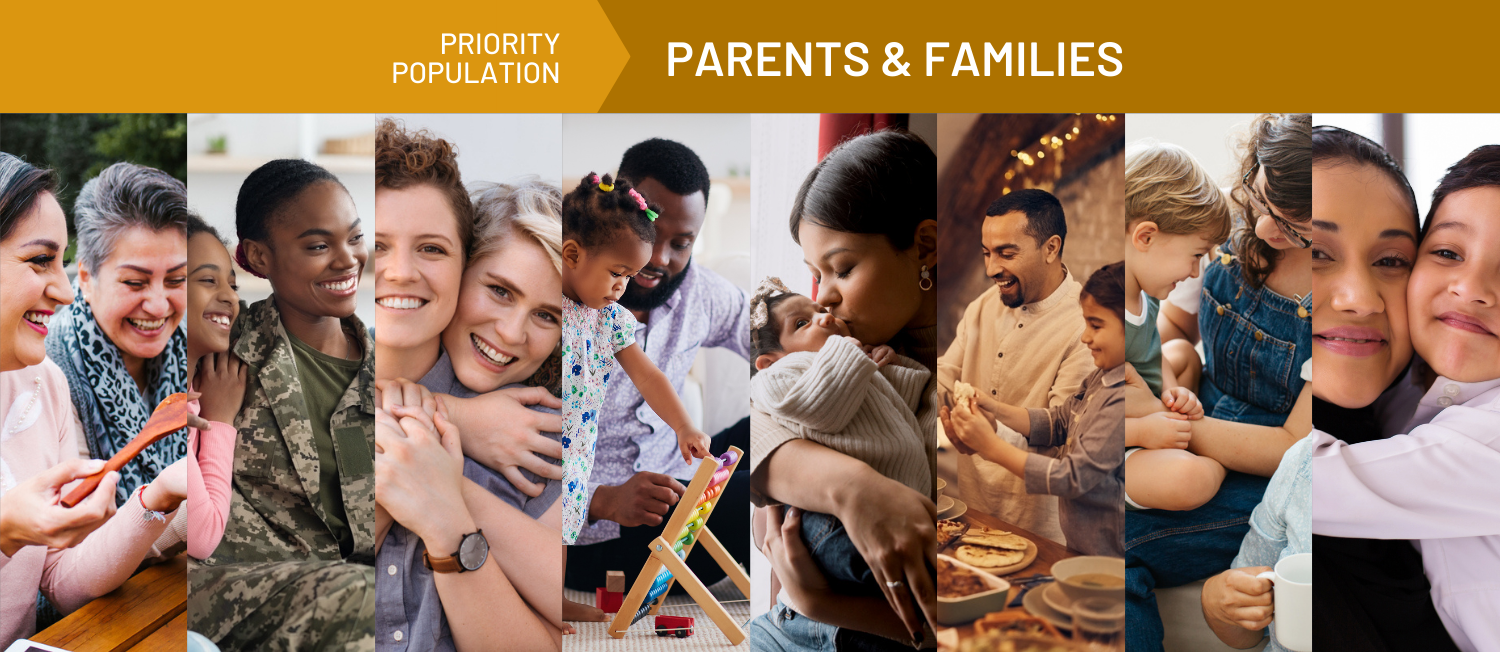Infants and Toddlers
Infants and toddlers are children from birth to age three, a critical period of rapid physical, cognitive, social, and emotional development. This early stage lays the foundation for health and well-being throughout adulthood and beyond. The first years of life are crucial for brain development and early experiences, whether nurturing or adverse, significantly impact long-term health, learning, and behavior.
Adverse Childhood Experiences (ACEs) are traumatic events that occur before age 18, like abuse or neglect, that disrupt healthy development. Even one ACE can significantly affect infants' and toddlers' brain architecture and, in turn, long-term health outcomes. In the United States, 45% of children experience at least one ACE. Nearly one in six children under five live in poverty, a factor that increases risk of ACEs by limiting access to proper nutrition, healthcare, and early learning opportunities.
Underinvestment in early childhood programs has left many families without access to quality care and support. Limited financial support for working-class families, including a lack of paid leave policies and rising childcare costs, creates barriers for families to provide stable and nurturing environments and widens child opportunity gaps and healthcare disparities.
In the U.S., infants and toddlers from low-income families, single-parent families, immigrant families, adolescent parents, communities of color, and rural areas are most at risk for adverse health outcomes. These communities face barriers such as limited access to affordable childcare, healthcare, and early education programs. These children are also at higher risk of experiencing adverse childhood experiences (ACEs) that can affect their long-term development. Middle-class families also struggle with childcare costs, as they often do not qualify for financial assistance and still face significant financial burdens.
Addressing disparities in access to early childcare and education is essential to supporting equitable outcomes for infants and toddlers. Efforts must prioritize marginalized communities to close gaps in health, education, and economic stability. Expanding access to proper nutrition, promoting good parenting practices, and ensuring comprehensive healthcare including vaccinations and maternal health services are critical.
Policymakers can prioritize funding for comprehensive early childhood programs, expand access to affordable childcare, and ensure universal developmental screenings. Additional initiatives, such as Baby Bonds to reduce wealth disparities and newborn supply boxes to promote safe sleeping and infant care, can provide further support. Currently, federal programs such as Local Healthy Start, which operates in 37 states, provide a comprehensive care plan that enrolls women, their partners, infants, and children (up to 18 months), to foster an environment that supports maternal and child health. Local changemakers can advocate for accessible resources, partner with community organizations to expand services, and promote public awareness of the importance of early childhood development. Community-based solutions, such as doulas and Baby College, can provide essential support for maternal health and strengthen partnerships between healthcare providers and families.
Resources & Tools
Nowhere to Go: Maternity Care Deserts Across the U.S.
Resource - Report
Brought to you by March of Dimes Foundation
Bright Spot: Texas Mother-Friendly Worksite Program
Resource - Model Policy
Brought to you by 100MHL
Babies Kept Dying in This City. People Worked Together To Understand Why.
Story - Written
Brought to you by The Pew Charitable Trusts
Published on 10/19/2022
Related Topics








.jpg)

